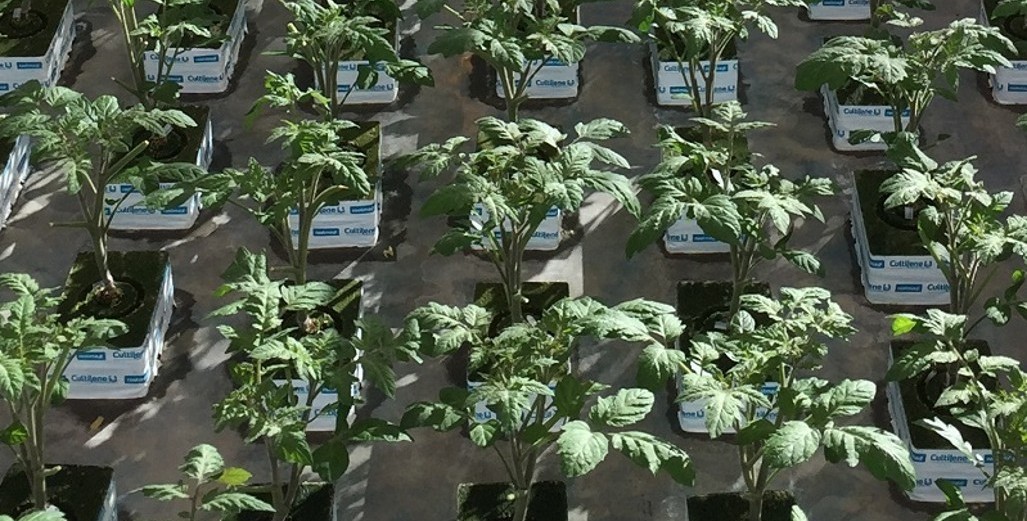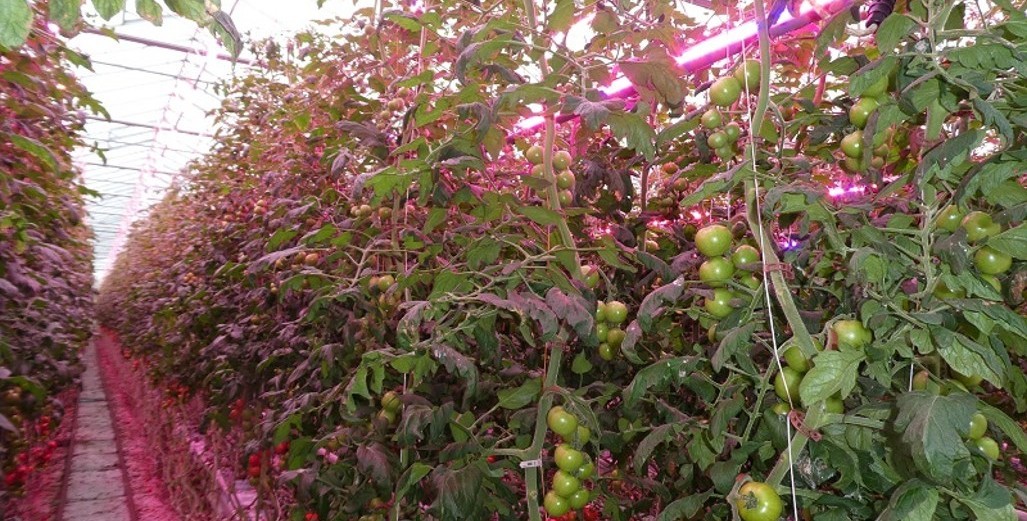Sign up here to subscribe to the Grower2grower Ezine. Every two weeks you will receive new articles, specific to the protected cropping industry, informing you of industry news and events straight to your inbox.
Feb 2018
Back to Basics, Part One Irrigation Monitoring
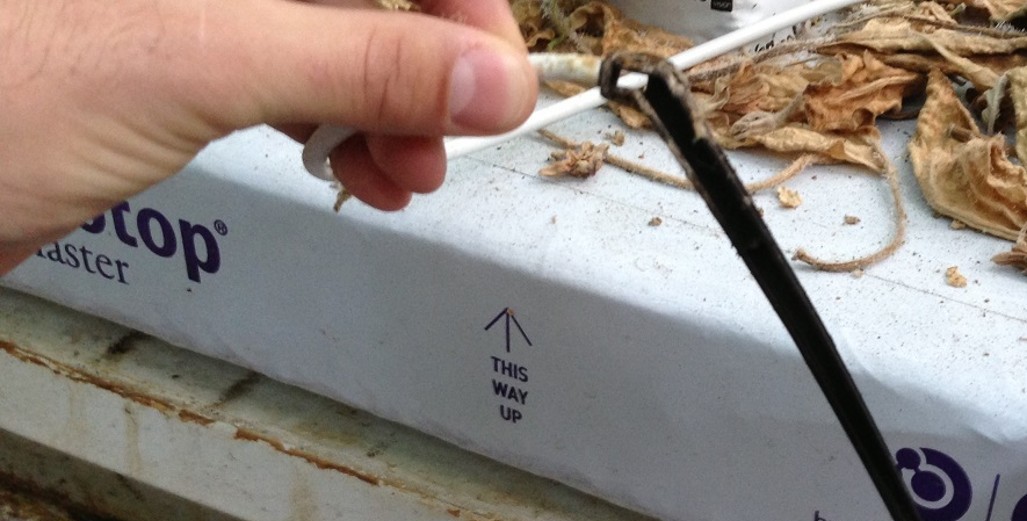
Back to Basics, Part 1 Irrigation Monitoring
In our industry we can be as technical or as basic as we like when it comes to growing. However, I cannot stress enough how important basic crops recordings are to understanding what is happening with the plants health.
Irrigation needs testing at least annually to test standard deviation
Over 20 years ago I implemented a routine, given to me by one of New Zealand’s top covered crop consultants, which served me well throughout my growing career. When it comes to irrigation it is important to know what is going in and what is coming out, if you are not doing this then you run the risk of playing the ‘guessing game’. It is important to know the PH and EC values being applied but it is just as important to know what is in the substrate or coming out of the substrate. I always ask this when visiting a grower, it can tell you so much. It is equally important to know the instruments you are measuring with are well calibrated and regularly maintained- false readings will lead to big headaches.
How many growers do standard deviation checks of their irrigation systems? It is time consuming and boring but, as I learnt in England, it is extremely important and valuable to make sure that your delivery system (for example compensating drippers) is delivering water as evenly as possible and within the tolerance of the manufactures guidelines. If they are not then it is either time for new irrigation or you have an issue with something blocking your drippers. To test choose 30-40 different places in any irrigation valve and measure exactly how much water is being delivered over one or two irrigation cycles.
Years ago, I learnt the hard way that if you don’t have an alarm to detect low water pressure it can be very costly! So many growers do not have this type of alarm and it’s another reason to perform daily checks to ensure your irrigation system is delivering correctly, but It is possible to get caught out by this as the pressure needed to open some compensating drippers can range, for example if the recommended pressure needed to guarantee all drippers open is 1.5 bar but some drippers will open at 1.2 bar, then you better hope your mains pressure does not drop to 1.4 bar and that the one or two sample buckets you have are not from the drippers that open at 1.2 bar!! This happened to me but fortunately it was at the end of my crop, I was so very lucky it was not at an early stage of the crop cycle.
This is not just important for the standard crops growing in greenhouses but also for the many types of berries which are now growing under cover and in substrates.
Plants cannot communicate verbally- it’s from readings that we have a basic understanding of what is happening to a plant at different stages of the crop cycle and at different times of the year.
Please take recordings. Even if they are basic they are fundamental to maintaining crop health and identifying mechanical errors.
For advice or to learn more about the above article please contact me via the commercial growers log in or by the contact us page and please send me a message.
Article written by Stefan Vogrincic Grower2Grower
CLASSIFIED
Subscribe to our E-Zine
More
From This Category
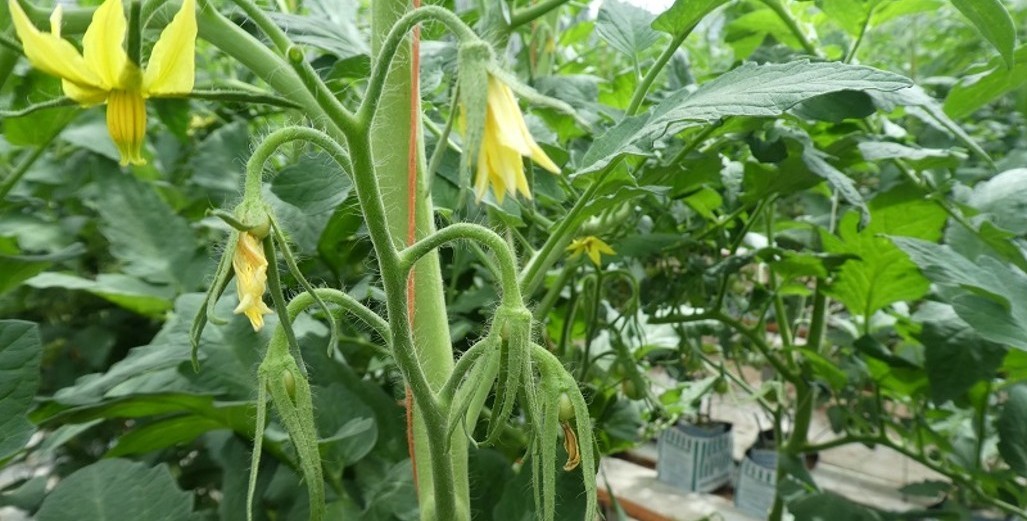
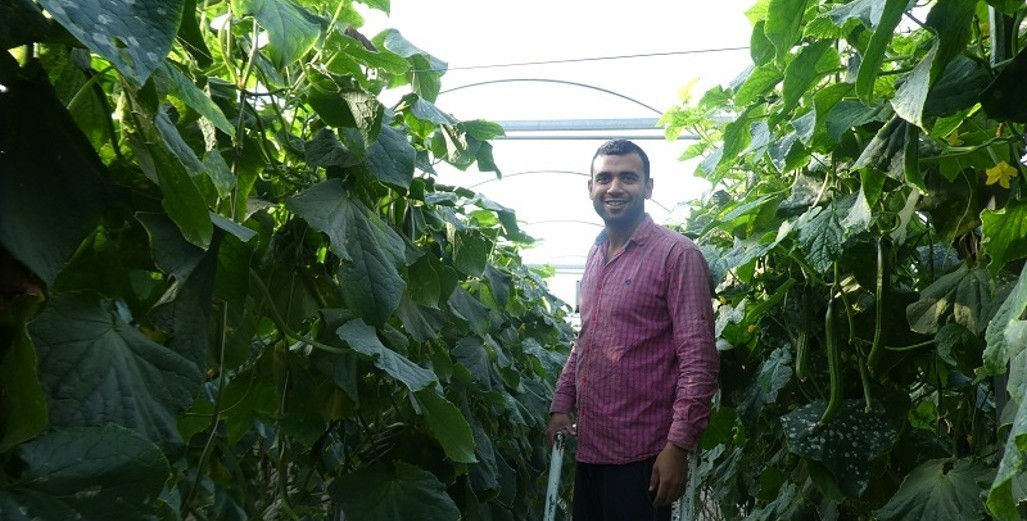
Managing Labour During the Christmas holiday break
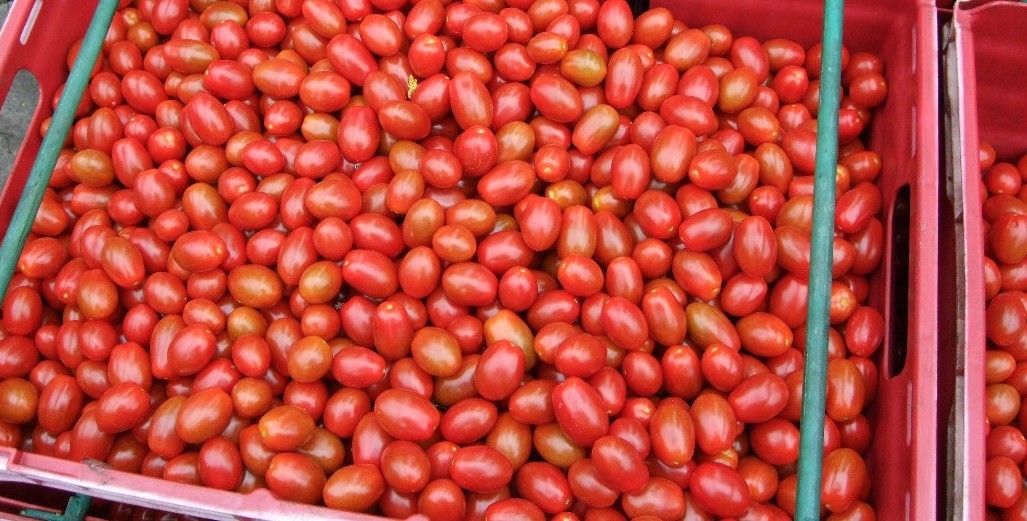
Back to basics
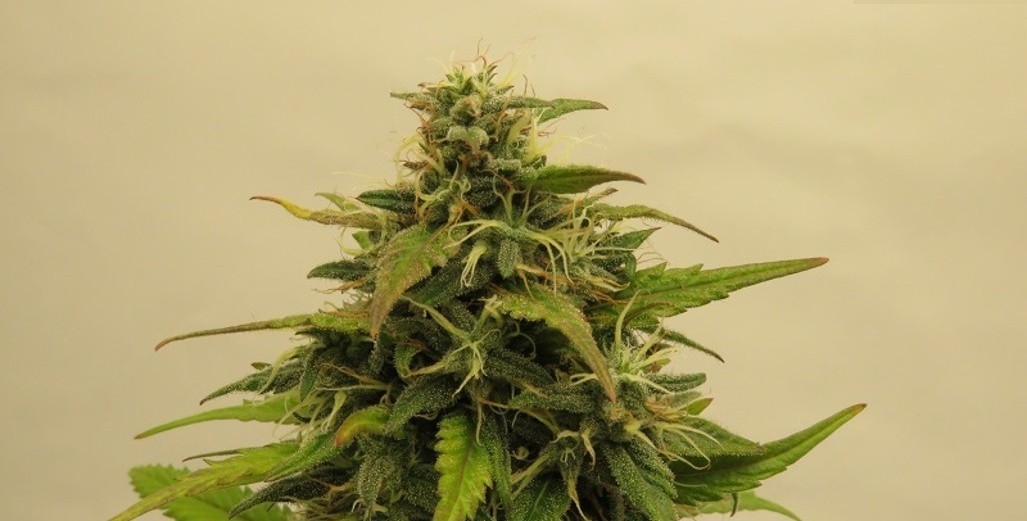
The Future of High-Tech Horticulture, Compounds over Kilos
